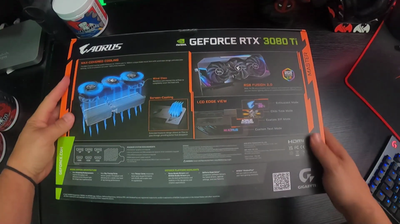
Review: Gigabyte AORUS RTX 3080 Ti Master 12GB Graphics Card (2024)
My thoughts on the AORUS RTX 3080 Ti by Gigabyte: performance, cooling, RGB software, long-term reliability.
Introduction
I've been testing the AORUS RTX 3080 Ti graphics card in one of my gaming setups for the past weeks. It has gotten quite good reviews for its power and efficiency - below are my thoughts on it.
Some photos (click to enlarge)
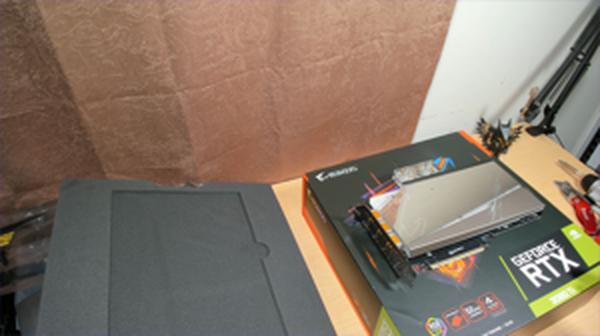
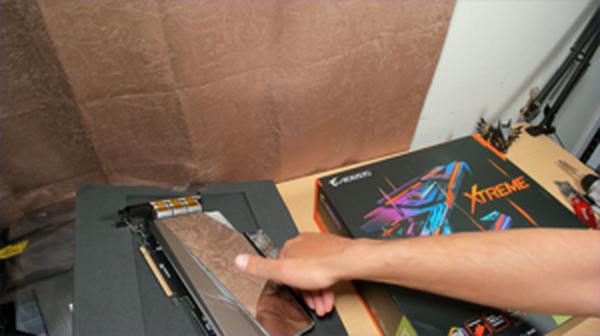
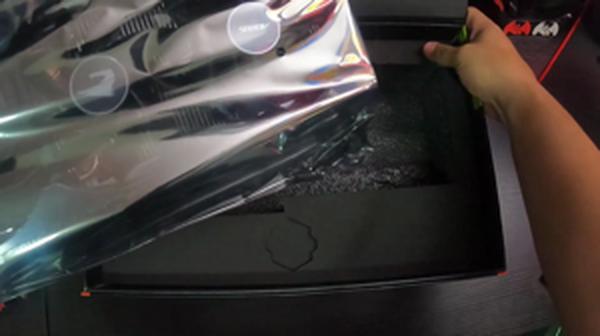
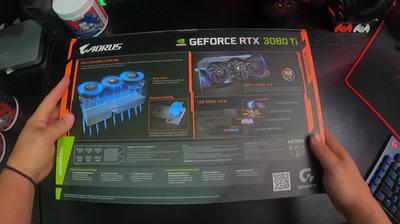
Specs of the Gigabyte AORUS RTX 3080 Ti 12GB
- Release Year
- Brand
- Graphics Coprocessor
- Graphics Ram Size
- Gpu Clock Speed
- Gpus-video-output-interface
Prices
Initial Impressions and Performance
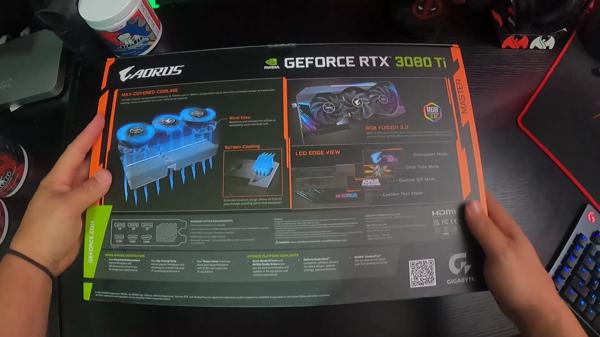
Upon unboxing the AORUS RTX 3080 Ti, I was immediately drawn to its robust technical prowess. With a 12GB GDDR6X 384-bit memory interface and the integration of NVIDIA's latest Ampere Streaming Multiprocessors, 2nd Generation RT Cores, and 3rd Generation Tensor Cores, it promised a level of performance that's hard to match. This graphical powerhouse with a 1770 MHz GPU Clock Speed and an expansive Digital Max Resolution of 7680x4320 hinted at a seamless and vivid gaming experience ahead.
After a few months of use, here's a quick rundown of my observations:
Pros:
Superb performance in 4K Gaming
Quiet operation even under heavy loads
The LCD Edge View is a nifty addition for monitoring
Aesthetic RGB lighting with customization
Sturdy construction that feels durable
Four-year warranty with online registration
Cons:
A disappointing return policy that feels exploitative
A software experience that, frankly, could use some work
Size may be cumbersome in smaller PC cases
The graphics card delivered high frame rates on demanding titles like 4K First Person Shooter adventure/survival games, all while maintaining surprisingly cool temperatures, never breaching 45°C. The promise of "dead quiet" operation held true, and I must say, it's pleasant not to have a jet-engine-like fan noise in the background during intense gaming sessions. The RGB Fusion 2.0 provides a nice touch of flair for those who appreciate a bit of light show with their gaming rig.
Touting high-performance GIGABYTE technology, the anticipation from my prior experiences with the brand was high, and for the most part, this card lived up to it. It was easy to feel confident with the four-year warranty — a testament to the build quality and long-term reliability I've come to associate with the brand.
However, it wasn't all smooth-riding. The card's size could be intimidating; it's a giant, pulling your gaze immediately inside the PC case and potentially causing spatial issues for smaller setups. Additionally, the warnings about restocking fees dampened the unboxing excitement, presenting a harsh reminder of the potential financial penalties should any issues arise.
The RGB software, which should be the cherry on top of this visually appealing GPU, sadly falls short, and just doesn't match the hardware's caliber. If the RGB Fusion software worked seamlessly, it would've been the icing on the cake for an already impressive display of power and performance.
Still, despite some hiccups, which could be addressed with software updates, the AORUS RTX 3080 Ti's hardware quality and performance are undeniable. It has proved to be an excellent gaming partner in my rig, offering the graphical horsepower needed to enjoy the latest games at their visual peak.
Cooling and Aesthetics Delivery

The AORUS RTX 3080 Ti is a marvel when it comes to its cooling solutions and aesthetics. Here's breaking it down after several months of experience:
Max-Covered Cooling Technology: Ensures that temperatures are in check, even during marathon gaming sessions. My GPU hardly ever crosses the 45°C mark, which is impressively cool for such a powerful card.
LCD Edge View: This nifty little screen gives me quick visuals on the frame rate, GPU temperature, and fan speeds without cluttering my monitor with additional system monitoring tools.
RGB Fusion 2.0: Offers a personal touch with customizable RGB lighting that can enhance the look of any setup.
On first handling the card, the integrated 12GB GDDR6X 384-bit memory interface and significant clock speeds promised a smooth performance, and I wasn't disappointed. Engaging in 4K gaming, I consistently clocked over 120fps in graphically intensive titles without skipping a beat.
Let's not gloss over the aesthetics. The MAX-Covered cooling isn't just about reducing temperatures; it makes the card almost whisper-quiet too. I'm sensitive to noise, so the sound—or the lack thereof—impressed me as much as the cooling efficiency. The LCD Edge View is, frankly, a cool factor that keeps me informed without breaking the immersion during gameplay.
Now, for those who appreciate the RGB lighting, the RGB Fusion 2.0 creates a captivating light show within the case. I've had my share of fun with it, but I have also appreciated the simplicity of turning the LEDs off when I'm not in the mood for a light display.
However, for all its strengths, the card isn't perfect. The RGB software could be more intuitive and reliable. I find myself occasionally struggling to change settings or dealing with defaults resets after a reboot. While the physical build of the card screams quality, the accompanying software doesn't always match up.
Concerning size, this card is a beast. Ensure that your case can accommodate its substantial form factor — anything less than a full-fledged ATX case might struggle to house this colossal card.
So, for would-be buyers, here's what you're looking at:
Remarkable cooling technology that keeps noise and temperatures low.
The LCD screen is a standout feature for real-time monitoring.
RGB lighting brings in the fun aspect for those who take delight in a personalized setup.
Size may be an issue for more compact PC cases.
Software for RGB customization is not as robust as one would hope.
Given my experience, the AORUS RTX 3080 Ti excels in performance and looks the part, too. Despite minor gripes about the software, its cooling efficiency and display features have made it a focal point of my gaming rig. It's a purchase that, quite simply, I've found to be worth the investment.
Software - Double-Edged Sword

In the realm of PC gaming, the software included with your graphics card can be a mixed bag. With my AORUS RTX 3080 Ti, this has certainly been the case. It's important to note that while the hardware rarely falters, the accompanying software can sometimes detract from an otherwise exceptional experience. Here's a quick rundown of my thoughts on the situation:
Pros:
When functional, the LCD screen's real-time stats are incredibly useful.
The ability to control and customize RGB lighting adds personal flair to my rig.
The software does offer some degree of system monitoring and performance tuning.
Cons:
RGB Fusion has proven unreliable and sometimes non-responsive.
Firmware updates and software glitches necessitated a Windows reinstall—far from ideal.
The user interface could be more intuitive and user-friendly.
Coming from a background of using multiple GPU software utilities, it's clear that the software experience rarely matches the stellar performance of the hardware. The Gigabyte AORUS Engine has its highs—like displaying critical stats such as frame rate and GPU temperature on my graphics card's LCD—but it's also fraught with annoyances. Software crashes and default RGB settings on boot are frustrating interruptions to an otherwise smooth experience.
While the RGB Fusion tool is advertised as a feature-rich utility for customizing my rig's lighting, it often falls short. It's a chore to achieve the specific lighting scheme I'm after, and it's disheartening when a reboot throws all my carefully adjusted settings out the window. I've often thought about how much more satisfying this experience could be with a software overhaul that focuses on stability and user experience.
Despite its issues, I'm not ready to give up on the software entirely. I see its potential, especially when it seamlessly integrates with my gaming sessions, briefly allowing me to feel in total control of my hardware. It's these moments that reveal the true value of good software when coupled with exceptional hardware like the RTX 3080 Ti.
I don't have any conclusive research papers or official sources to link to regarding these software issues, as most of this knowledge is anecdotal and shared among the gaming community. However, it is a topic of frequent discussion in forums and customer reviews. Reflecting on this, my hope is that Gigabyte listens to our feedback and continues to refine their software. It's not enough to build an amazing GPU—we need the software to match. While current setbacks can be disheartening, I remain optimistic about future updates. After all, when the software finally catches up to the hardware, the full potential of this graphics powerhouse will truly be unleashed.
Long-Term Usage and Reliability

Over several months of extensive use of the AORUS RTX 3080 Ti, I've put the graphics card through rigorous gaming sessions and intense workloads. My long-term feedback zeros in on the high-performance benchmarks and the card's unwavering reliability, intersected modestly by encounters with software issues and the looming apprehension over a rigid return policy. Here are my thoughts broken down:
Pros:
Remarkable gaming performance, consistently pushing boundaries in 4K at high frame rates.
Cooling is beyond satisfactory; temperatures have not surged past 45°C even under load.
The MAX-Covered cooling technology is as quiet as advertised.
The card's build quality, paired with a robust 4-year warranty, instills confidence in its longevity.
The inclusion of an on-card display for key statistics is handy and reduces the need for additional monitoring tools.
Cons:
Gigabyte software, specifically the RGB Fusion, can be finicky and lackluster in performance.
The return policy initiates an immediate stress factor—knowing restocking fees could be hefty is anxiety-inducing.
For some, the sheer size of the card could be a deterrent, especially if case space is limited.
In terms of everyday gaming, the AORUS RTX 3080 Ti keeps impressing me with its stability and the lack of sound even when the fans are at maximum speed. The high FPS on demanding titles like 4K FPS adventure and survival games remains consistent, and the card's ability to remain cool is commendable. The LCD Edge View is more than just a gimmick; it's a practical feature that keeps you informed without cluttering up your screen with additional software overlays.
Despite these glowing remarks, the journey hasn’t been without its hiccups. The software, a crucial part of the user experience, feels like a mixed bag. Granted, I've managed to get by with its quirks, but there's undoubtedly room for improvement - addressing stability and usability could transform a good experience into an exceptional one. Moreover, the rigid return policy was a cause for concern initially; peace of mind when making such an investment shouldn’t be undervalued.
Balancing the highs and lows, I find the AORUS RTX 3080 Ti to be an invaluable asset in my gaming rig. Although one should be wary of possible software tangles and purchasing terms, the card’s stellar performance, robust design, and cooling efficiency are its redeeming hallmarks. It has proven to be a reliable workhorse that continues to deliver exceptional results, and I look forward to seeing how it sustains further into its life cycle.
Comments (0)
Share